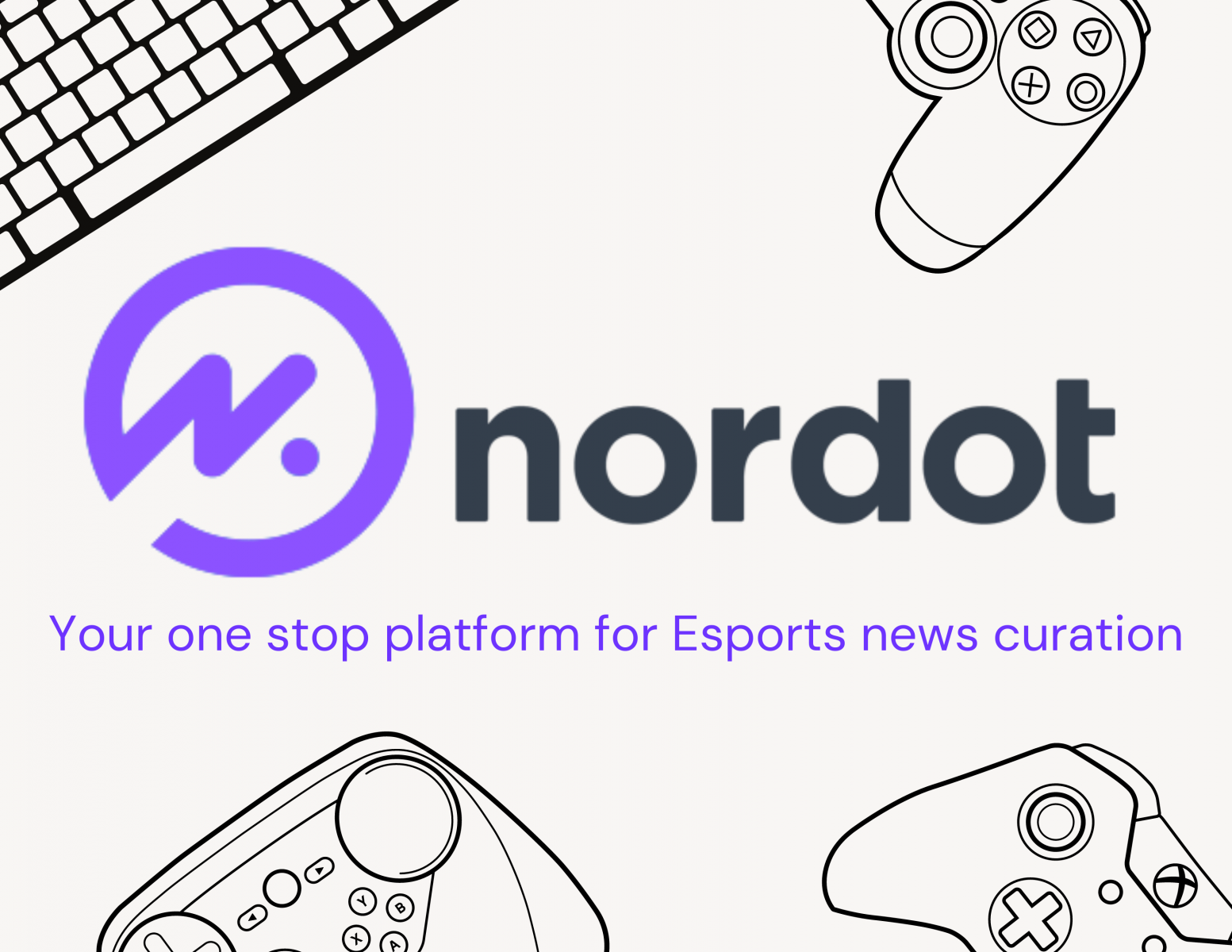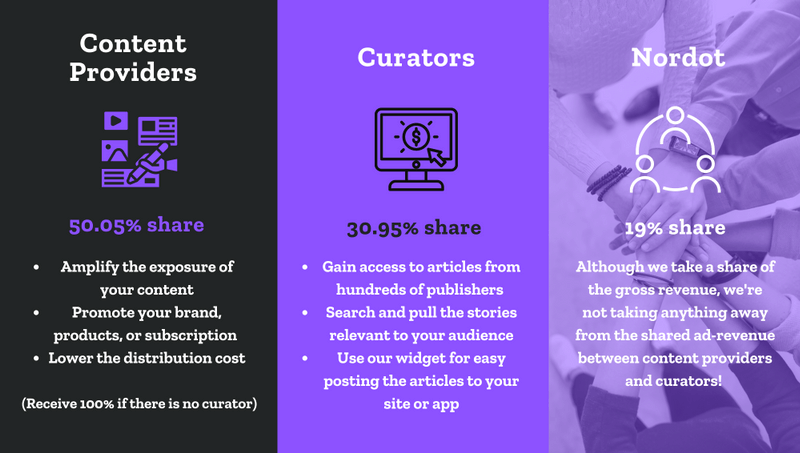Esports journalism resembles the industry at large: there’s not much money in devotion. Like orgs and other conglomerates, publications often stray from mere news coverage to make ends meet. Logistically, this means diversifying their revenue streams, or at least their coverage, to attract the promised wider audiences of the internet. Most sites operate with some version of an advertisement model in which more traffic means more money — just like Google wants.
The meta of news cycles is that the faster a story can be published, the higher it will perform in search. The higher a story appears in search, the more clicks it gets, the more pennies are paid out. Publish first, ask questions later. This meta is exploited by sites racing for the ‘first to publish’ searchability buff while offering little actual value to the reader.
Headlines shouldn’t be the story, but in the content kingdom, they often are.

RELATED: News outlet Esports.gg launches
The state of esports journalism is the same as all other content on the internet: bowing to the algorithm which determines its reach. Many publications, blogs, and accounts are running the same race. The same story is covered dozens of times, often without added value in each iteration, published hours or just minutes from another.
This might appear ideal for parties featured in stories, but readers are left with reverse spam — selecting the headline an algorithm has chosen for them.
It isn’t clear if the industry can afford journalism getting any better. Independent journalists move their audiences to pay-walled gardens and the new hopefuls enter, eager to produce work good enough to garner a fanbase. There is an argument to treat journalists like the influencers and content creators they are — to recruit them like orgs fill out ‘creator slots’ to support a publication’s growth and reach. But creators often make their living with sponsorship deals and ad content. Sponsored journalism is a fine line to walk.
Standing out on social media search results comes with its own best practices and many of them have little to do with journalism and more to do with influence. Each ‘post’ cries for the algorithm to boost its discoverability, playing nice with hashtags and other attempts to get attention. What is sought is rarely found. Scrolling through results often leads to more questions and confusion than answers and clarity.
Esports is a niche of the greater gaming topic, so while esports appears in mainstream headlines occasionally, its coverage is still limited outside of the comparatively small publications and sites covering the scene. Among various interests, languages, regions and monetised methods — esports coverage is fractured.
RELATED: The Esports Journal returns, Edition 8 is on the way
Where to even start? On the front page of course, where ‘sort by relevance’ is code for Search Engine Optimised. It would be too much to ask for a search engine to determine the quality of journalism or insight in an article, rather than the number of backlinks and clicks. Are any of these search results really what is being sought?
As news has become less specialised, it has become less special. Craft has bowed to commerce out of both necessity and for greater financial gain. Media teams’ limited resources could benefit from high-quality external content solutions, outside of hiring freelancers. The digitally native industry might as well use a technology tool and form unique partnerships as a solution. Something like Nordot, which has developed a platform to try to bring the craft and specialisation to the internet age — and they’re bringing it to esports.

RELATED: Coping with coronavirus: Ashley Kang on changes in esports journalism
Nordot allows publications to share original content of other outlets and ad revenue. Original publishers retain credit for their work, and the potential reach a piece can achieve expands with each republishing. With Nordot, a small news site can provide esports coverage by republishing stories from specialised publications, such as Esports Insider, ESTNN, and WIN.GG.
Nordot allows publishers to cover stories at their own pace with their own expertise. Publishers specialising in up-to-the-minute updates can lend their content to those that specialise in feature interviews and in return borrow from them as well. Fast- or slow-moving stories can find larger audiences across the Nordot network and good work won’t have to be done twice.
With Nordot, Esports Insider effectively becomes the ‘Esports Business News Department’ for any of Nordot’s participating republishers. One of Nordot’s goals is to unite the best of the web’s esports content in one place, Nordot Esports, to create the news and content hub that has been attempted before but never in this fashion.
For publications interested in offering esports coverage for their readers, rather than build out a department, Nordot offers a cost-effective and monetisable option. Digital publications already involved can utilise Nordot as a solution to focus on writers’ strengths, and give their stories broader, montised reach.
Esports has many stories yet to be told, and the opportunities to share these stories are diversifying rapidly. As esports-related bylines begin to surface increasingly outside of the niche, audiences interested in diver deeper will find no lack of content. Great journalism will continue documenting that story.
Supported by: Nordot

